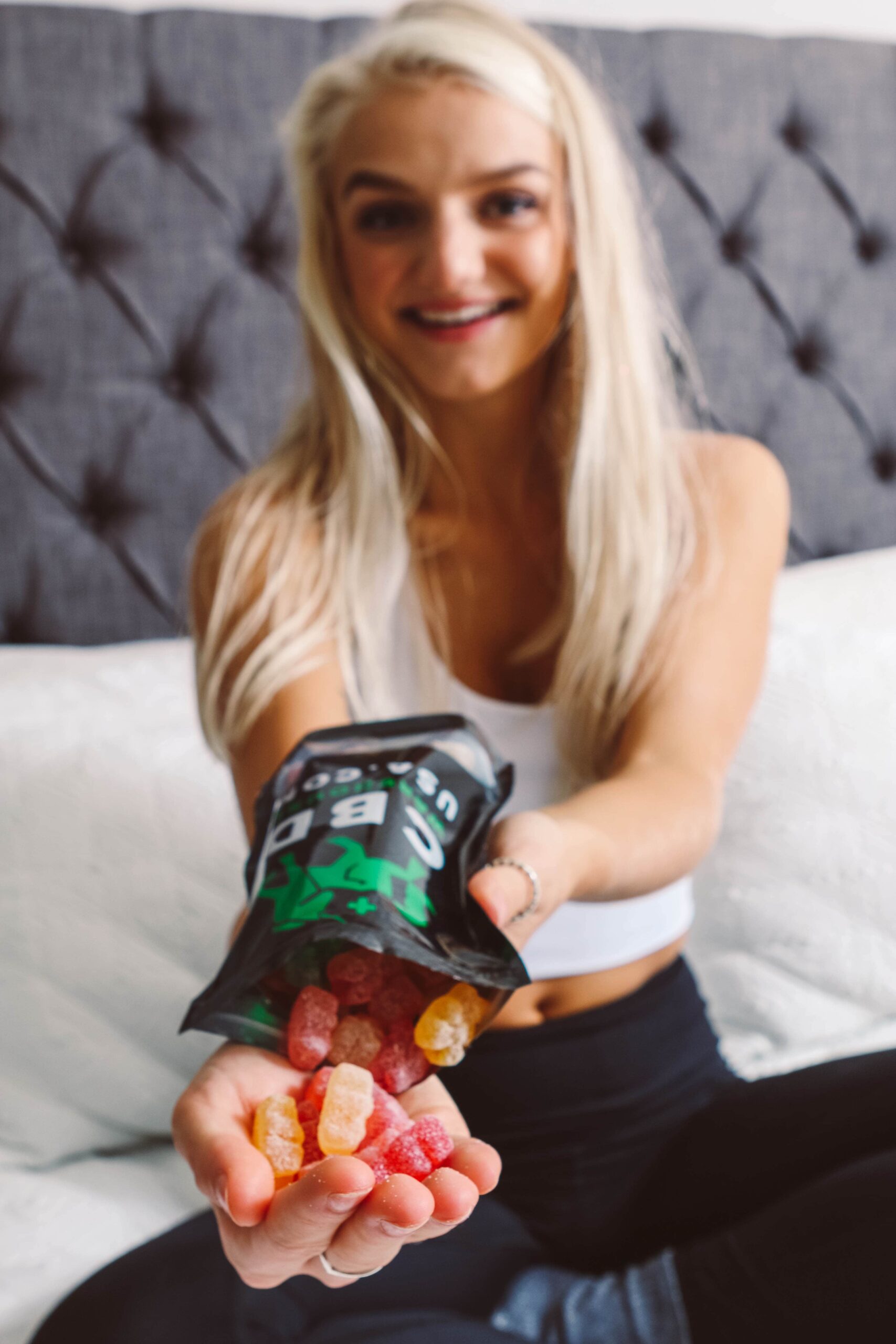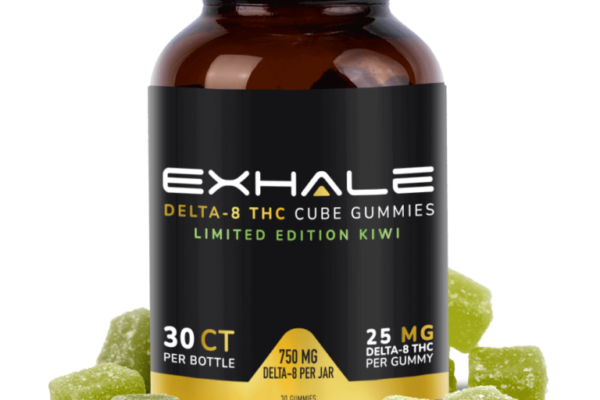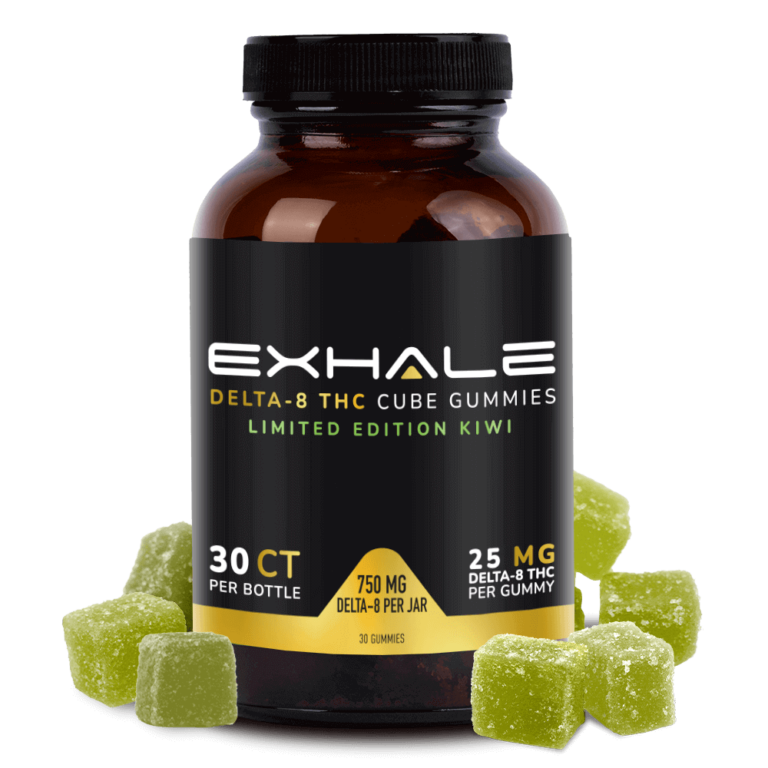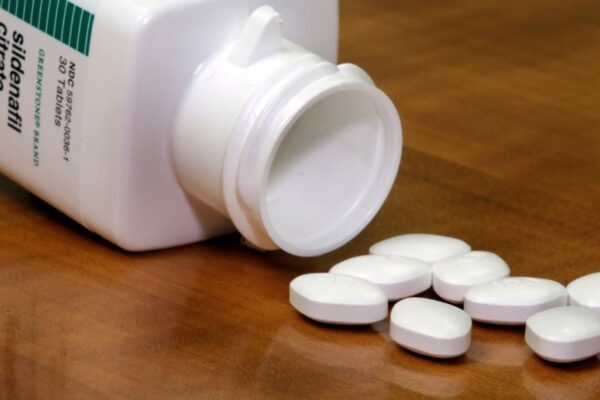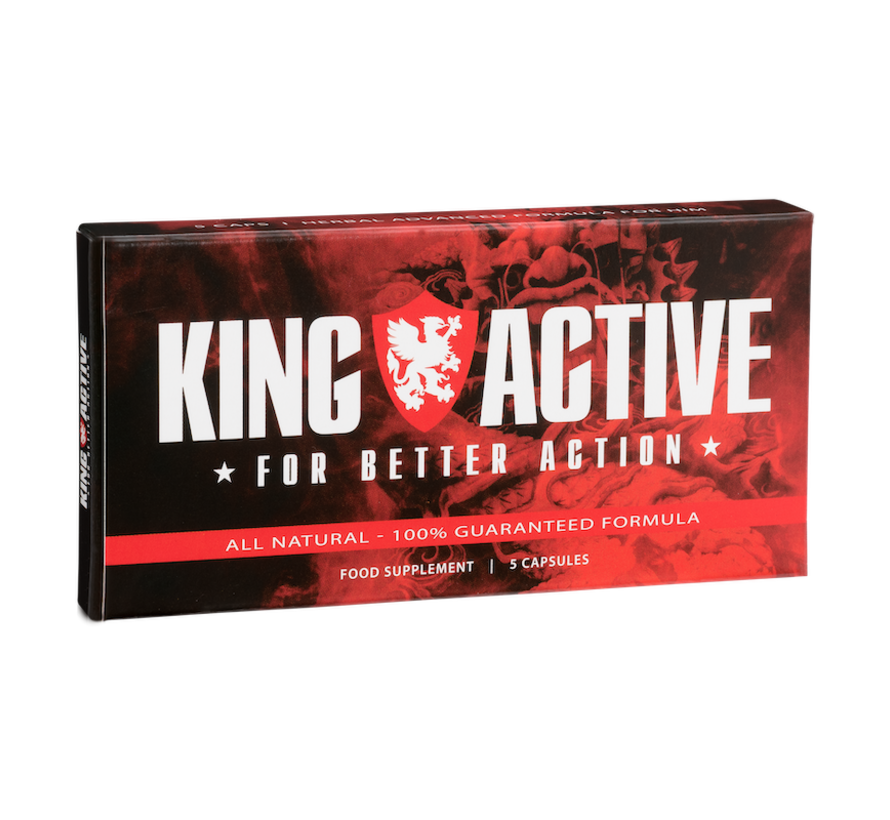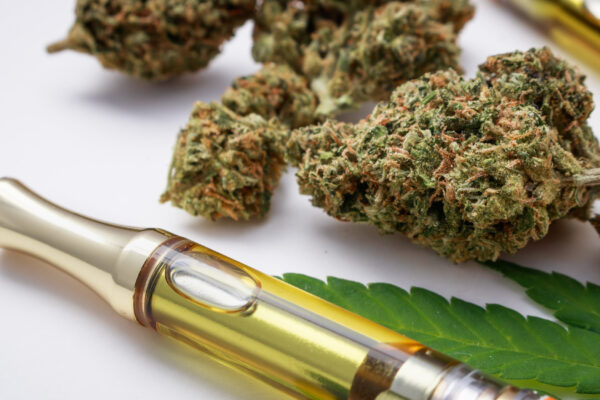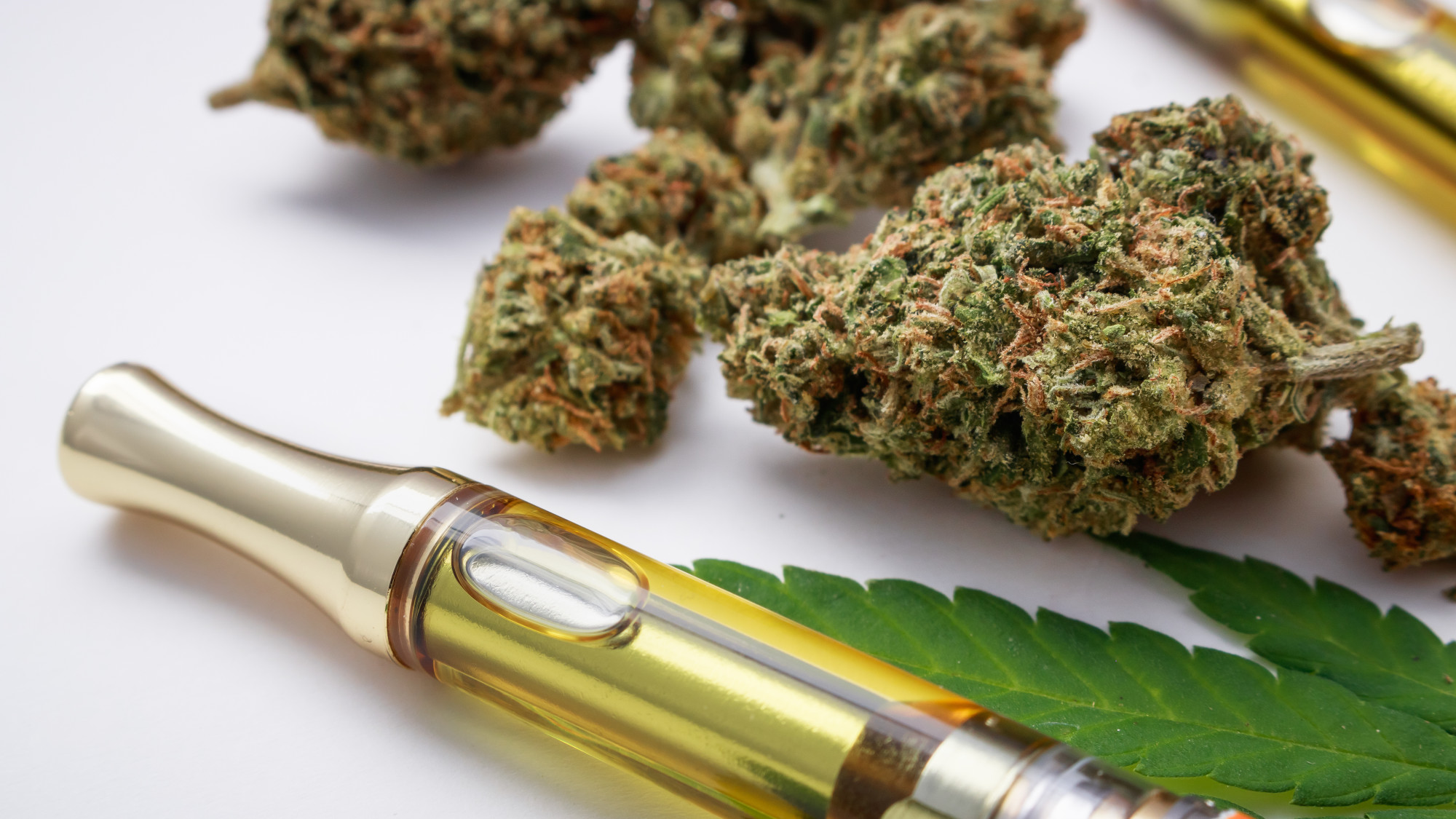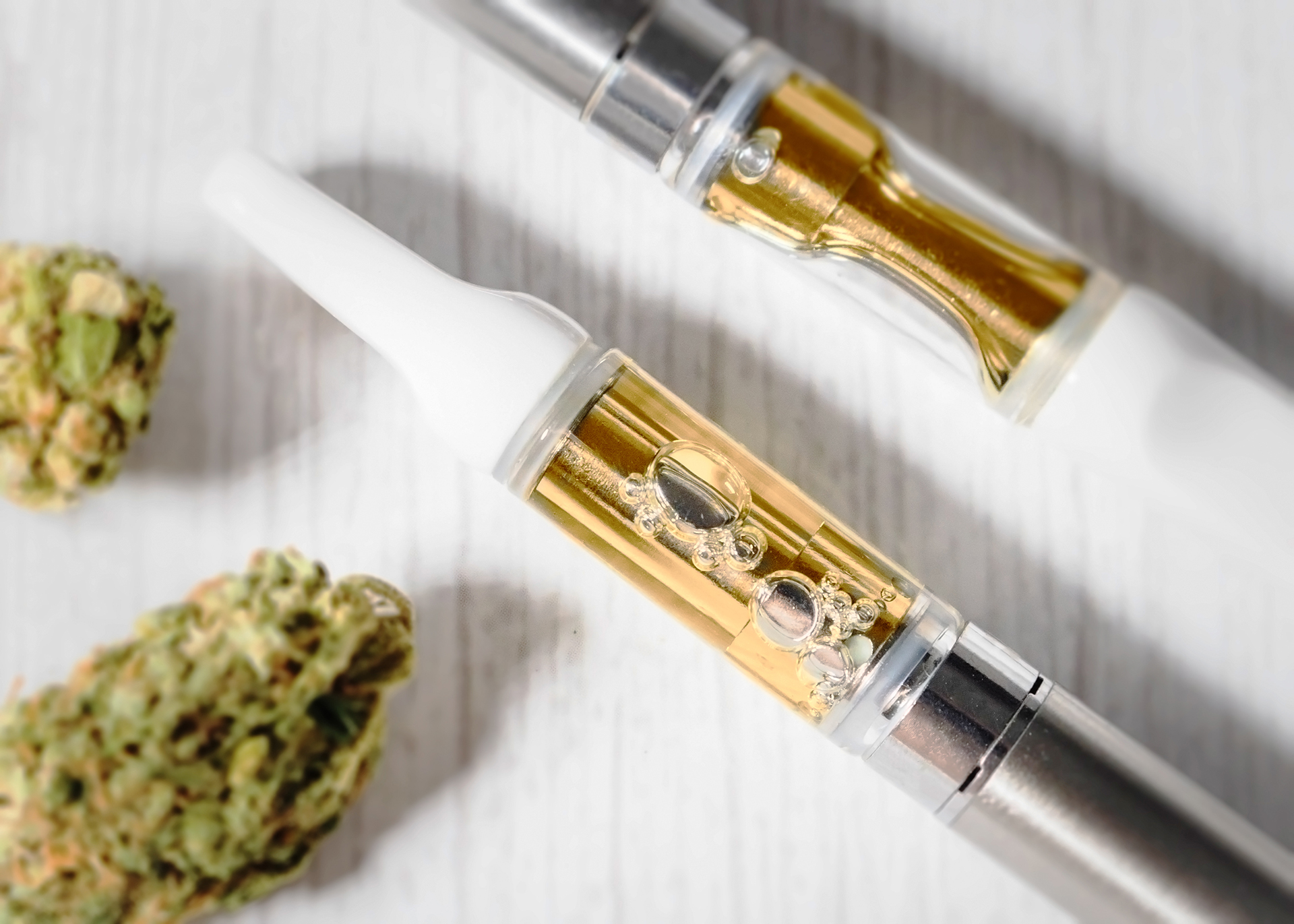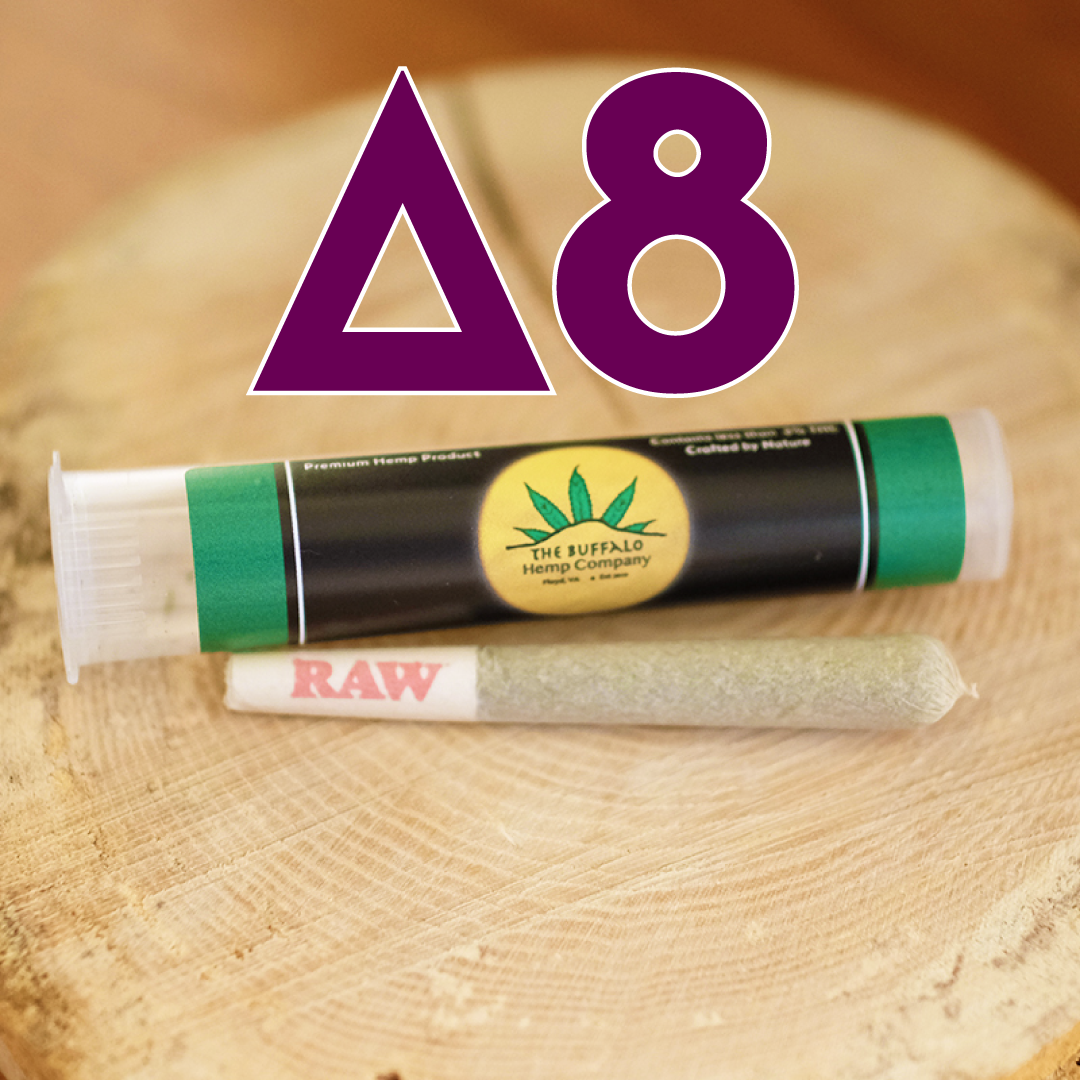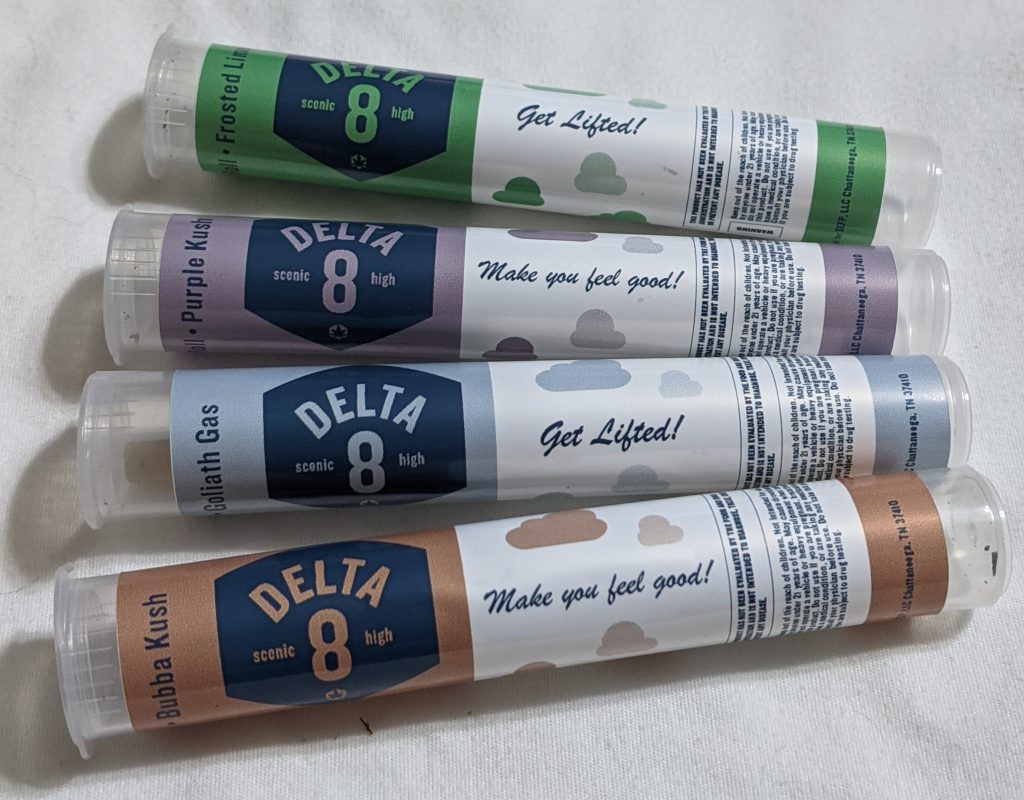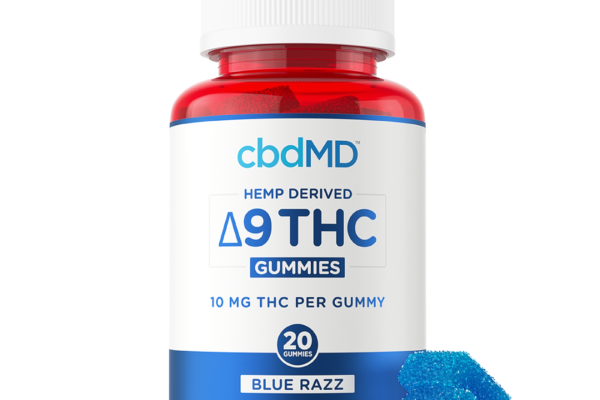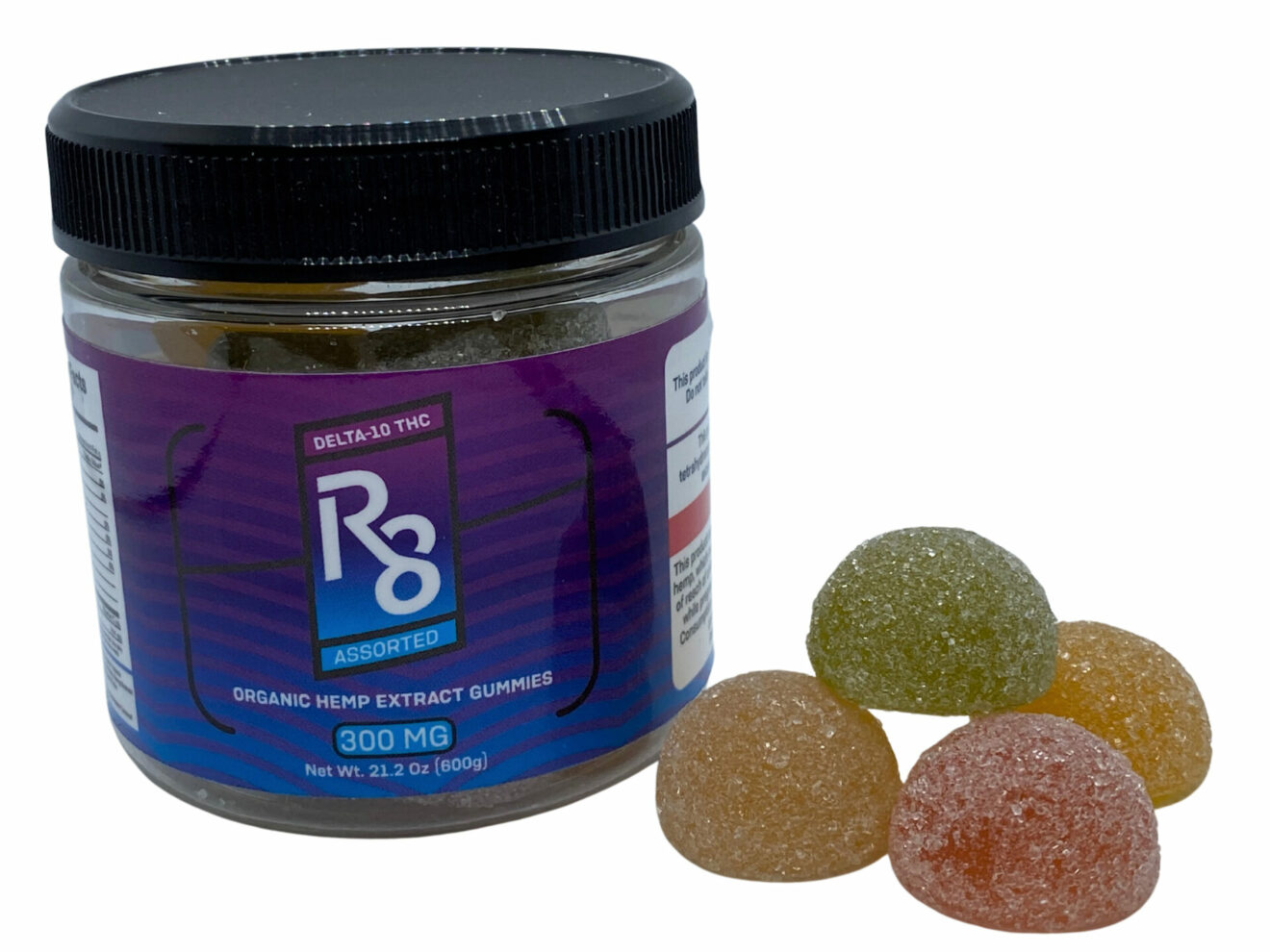A Guide To Choosing The Right Mushroom Varieties For Your Gummies
In the realm of wellness products, mushroom-infused gummies have taken center stage, offering a delightful and convenient way to incorporate the benefits of fungi into your daily routine. With a plethora of mushroom varieties available, selecting the perfect ones for your homemade gummies can be both exciting and daunting. Whether you’re aiming for the soothing properties of exhalewell or the unique flavor of amarnita muscaria, understanding your options is essential to crafting gummies that suit your preferences and wellness goals.
Understanding Mushroom Varieties
Before diving into the specifics of choosing mushrooms for your gummies, it’s crucial to grasp the diverse array of varieties available. Mushrooms boast various flavors, textures, and health benefits, making each type uniquely suited for different culinary applications. From the earthy richness of shiitake to the umami depth of reishi, each mushroom brings its own distinctive qualities to the table.
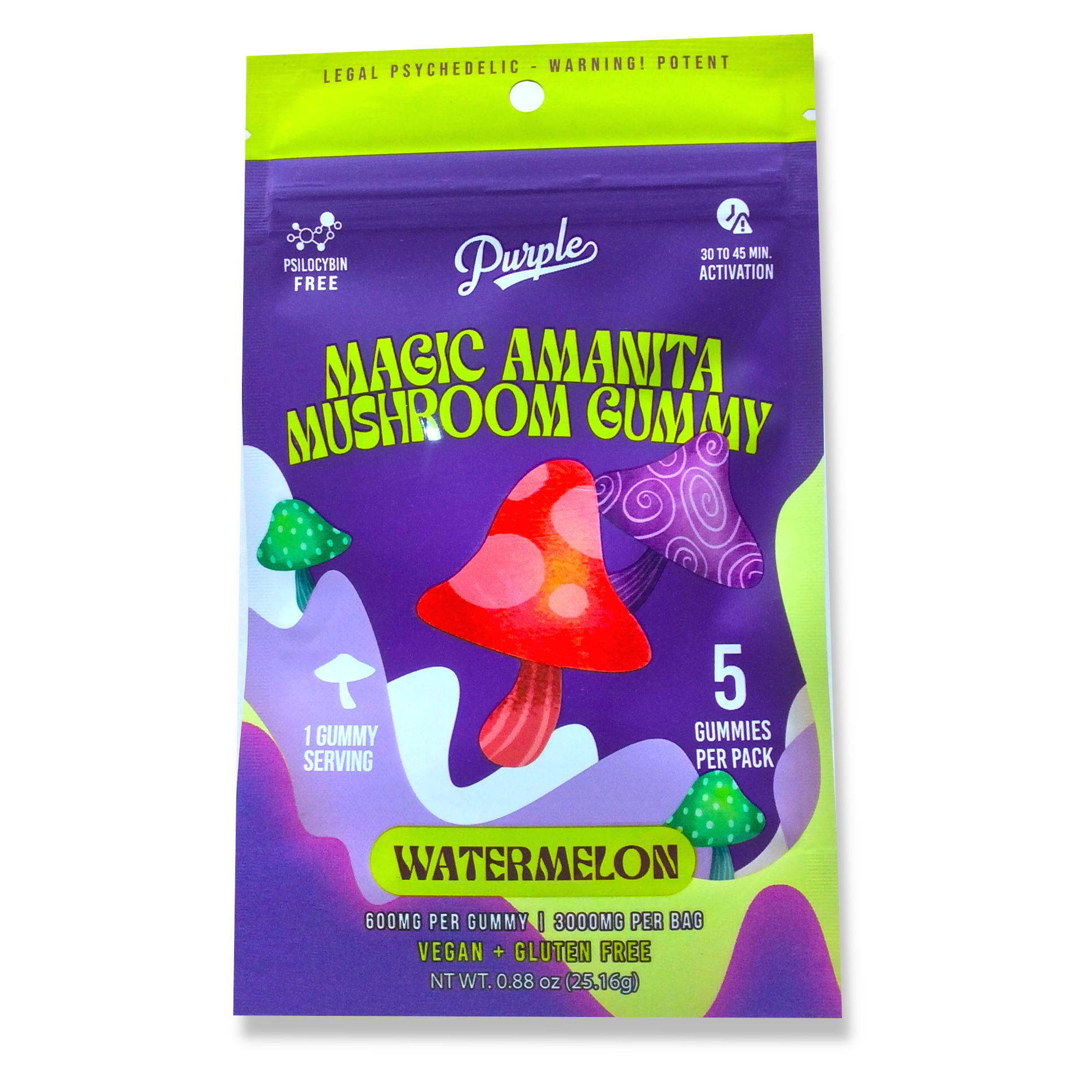
Consider Your Goals
When selecting mushrooms for your gummies, consider your desired outcomes. Are you seeking relaxation and stress relief, or a boost in immunity? Different mushrooms offer different health benefits, so aligning your choices with your wellness objectives is key. For example, exhalewell amarnita muscaria gummies are renowned for their calming properties, making them ideal for promoting relaxation, while amarnita muscaria gummies may provide a flavorful twist and potential mood enhancement.
Flavor Profiles
Beyond their health benefits, mushrooms also contribute unique flavors to your gummies. Some mushrooms, like porcini or morel, offer a robust, earthy taste, while others, such as lion’s mane or cordyceps, provide subtle hints of sweetness or umami. Consider how the flavor profiles of different mushrooms will complement the other ingredients in your gummies, ensuring a harmonious and delicious final product.
Texture Matters
In addition to flavor, the texture of mushrooms can significantly impact the consistency of your gummies. While some mushrooms, like oyster or enoki, have delicate, almost crunchy textures, others, such as portobello or king trumpet, are meatier and more substantial. Experimenting with various textures can add depth and complexity to your gummies, enhancing the overall eating experience.
Balancing Act
Finding the perfect balance of mushroom varieties is key to creating delicious and effective gummies. Consider combining different mushrooms to leverage their benefits and flavors, creating a well-rounded and synergistic blend. For example, pairing exhalewell with lion’s mane may offer a unique combination of relaxation and cognitive support, while incorporating amarnita muscaria adds a touch of whimsy and flavor complexity.
Quality Matters Most
Above all, prioritize quality when selecting mushrooms for your gummies. Opt for organic, sustainably sourced mushrooms whenever possible, ensuring you get the purest and most potent ingredients. Quality mushrooms taste better and contain higher levels of beneficial compounds, maximizing the wellness potential of your homemade gummies.
Experiment and Enjoy
Creating mushroom-infused gummies is as much an art as it is a science, so don’t be afraid to experiment and have fun along the way. Mix and match different mushroom varieties, adjust ingredient ratios, and fine-tune your recipes until you find the perfect combination for your taste buds and wellness needs. With a bit of creativity and exploration, you’ll discover a world of possibilities within each bite.
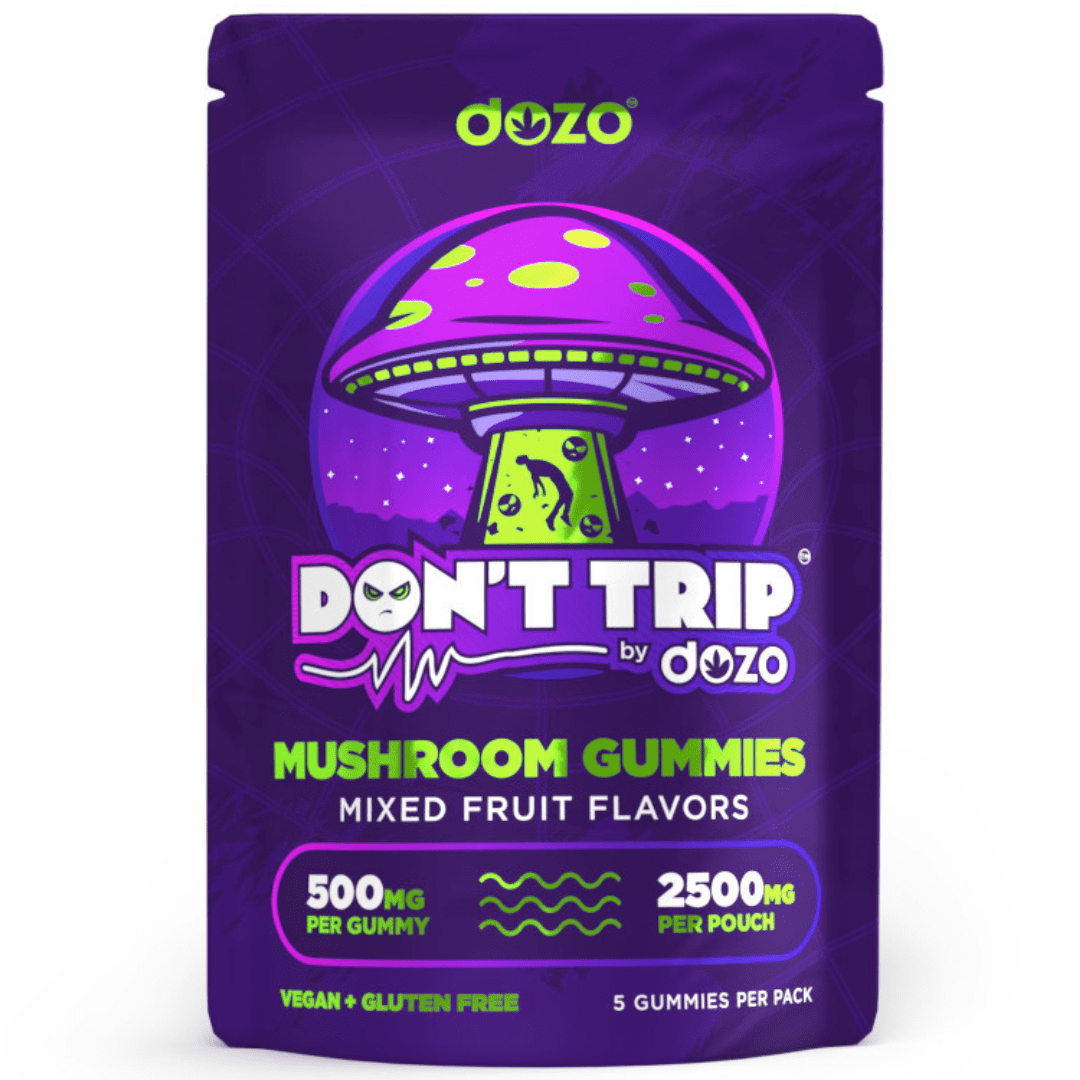
Conclusion
Choosing the right mushroom varieties for your gummies is a journey of exploration and discovery, allowing you to tailor your creations to your unique preferences and wellness goals. By considering factors such as health benefits, flavor profiles, and texture, you can craft gummies that taste delicious and support your overall well-being. So, gather your ingredients, unleash your creativity, and embark on a flavorful adventure with mushroom-infused gummies.

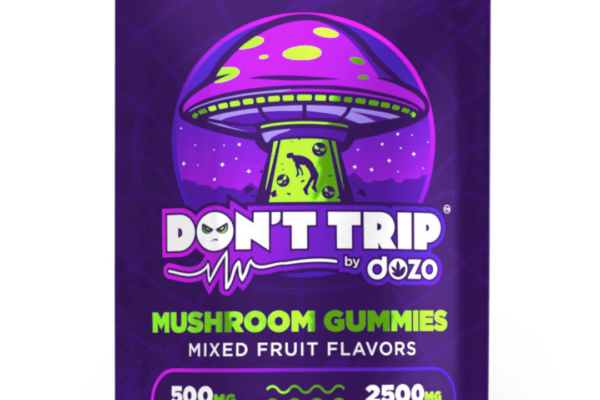

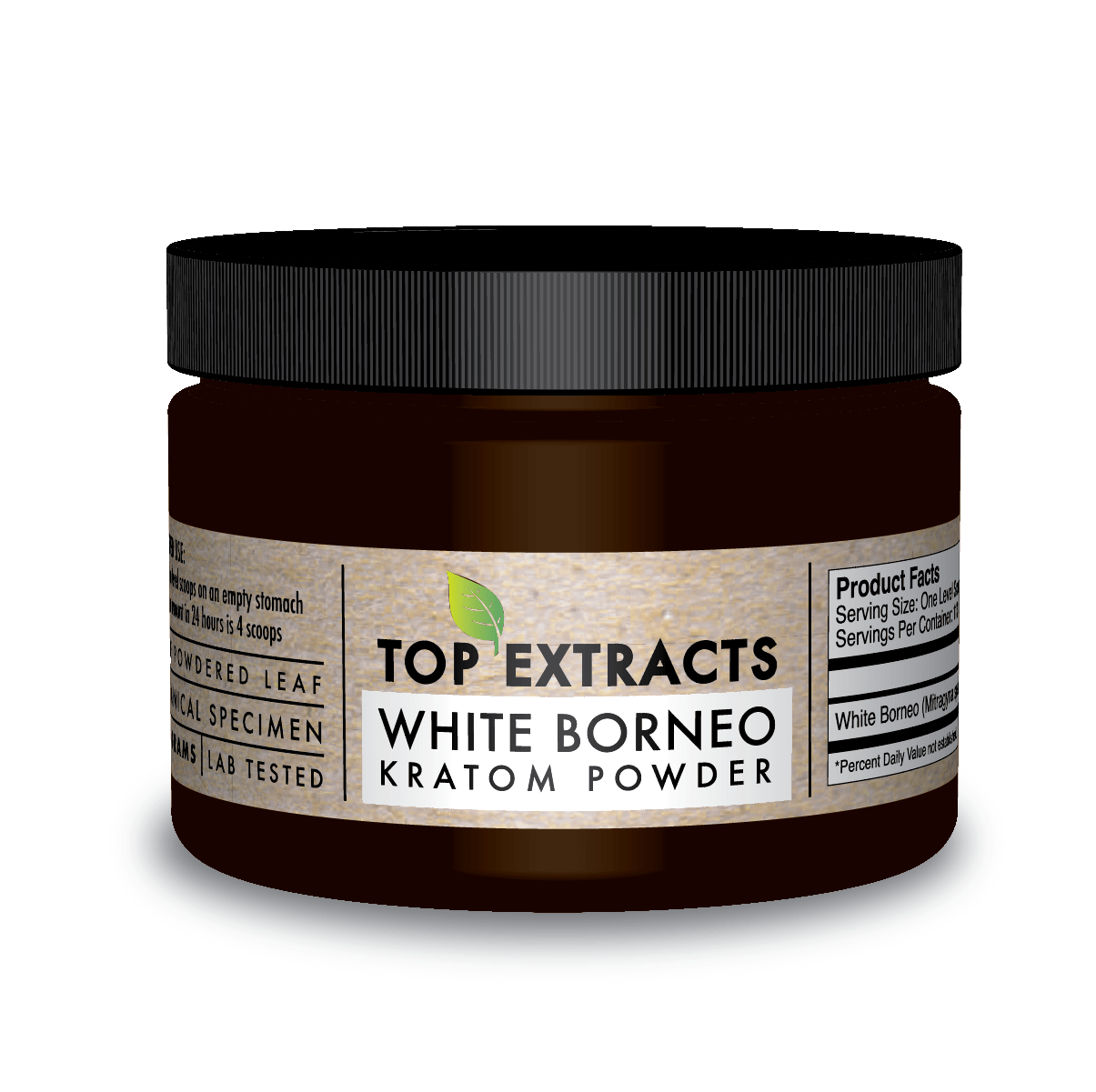


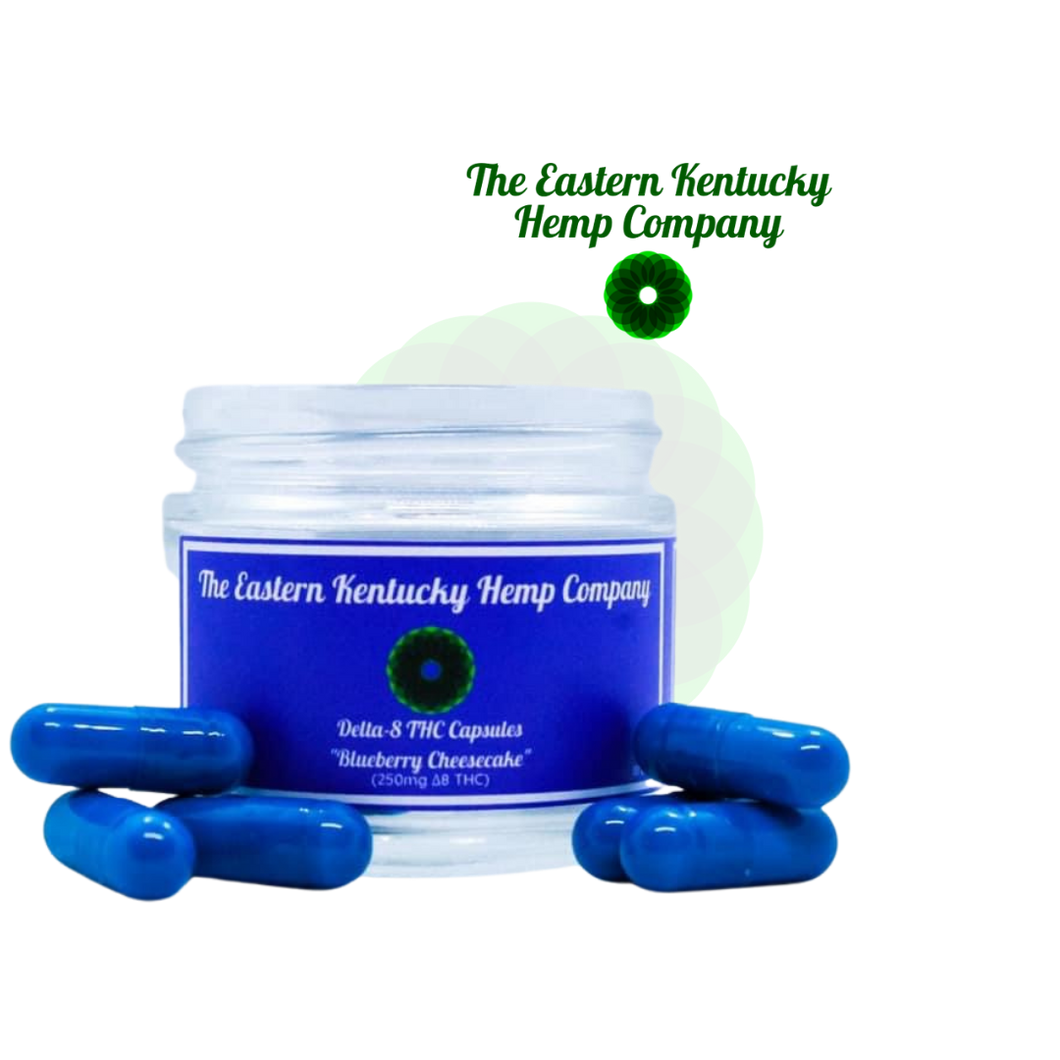 2. Understanding Strain Dynamics
2. Understanding Strain Dynamics